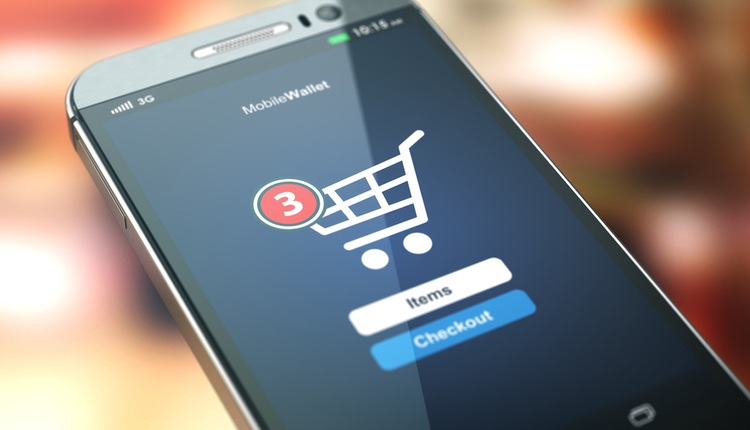The parcel industry continues to be challenged by Amazon. FedEx, UPS, DHL, and the USPS have built sophisticated distribution systems that are second to none in the industry. However, Amazon continues to be a leader in the parcel business. It is estimated that it will handle more packages than FedEx and UPS in the next 12-18 months. This seems hard to believe, but given the growth of e-commerce, it’s not out of the realm of possibility. Amazon has a captive customer base because of its dynamic marketplace and all the services that are wrapped around it, making it easy for merchants to sell their products to a wide range of consumers.
However, it’s important to pause and consider whether or not we are heading for a bubble burst in the parcel industry. I have been in this industry for over 30 years, and I am still grappling with the idea that you can order toilet paper online and get it delivered to your house… in one day… for free. There is a cost to provide this level of service, yet more and more consumers expect (or even demand) free delivery. Amazon’s delivery network, of course, is largely funded through its “Prime Membership” fees, and it is likely that, just as we have seen with the primary parcel carriers, Amazon will continue to raise this fee to cover the rising shipping costs. The company is also making a commitment to a “branded” delivery experience, which we should see within the next 12 months. Recently, FedEx terminated its relationship with Amazon, but UPS is still delivering packages for them. I’m sure UPS is continually evaluating this business profile and will determine if it makes sense to have a “co-opetition” relationship.
It looks like FedEx and UPS are aligning themselves with the SMB merchants, which usually generate a higher margin. There seems to be three types of relationships in the market: partner with Amazon, build your brand, or do a combination of the two. This is creating some very interesting dynamics in the e-commerce world. Over the Christmas holiday shipping season, merchants were advised by Amazon to not use FedEx and to use Amazon services instead.
As I go back to my original premise, the expectations that are being set in the market do not seem to be real — or sustainable. Consumers are expecting delivery the next day at no cost; yikes! The margin for many products does not support an individual delivery. I believe there will be more change in how this model is supported (such as consolidating orders and only delivering twice a week or setting up a single delivery agent for all delivery companies by ZIP Code).
There seems to be a lot of pressure on all the carriers based on the expectation that has been established by Amazon. This coming year will be a true test for all the carriers and how they can drive out cost in their networks. If this can not be accomplished, then the bubble will burst and, once again, we will see the industry change.
Michael J. Ryan is the Executive Vice President at Preferred Shipping (www.preferredship.com) and has over 25 years of experience in the parcel industry. He can be reached at 708.224.1498 or michael.ryan@preferredship.com.
This article originally appeared in the January/February, 2020 issue of PARCEL.



















